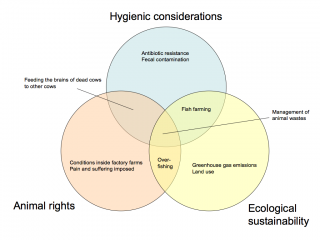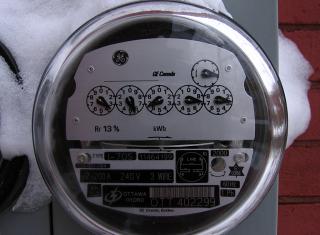
In 1769, James Watt invented a steam engine that worked well enough to be widely adopted by industry. By doing so, he effectively kicked off the industrial revolution: with coal-fed steam engines emerging as the first alternative to animal power that didn’t depend on being beside a river or on a windy ridge. As the recently concluded conference in Bali shows, there were consequences of that invention and the series of successor ideas it kicked off that could not have been anticipated at the time (though Svante Arrhenius identified the possibility of CO2 causing anthropogenic warming back in 1896).
If we could do the whole thing over, what would we do differently? For the purposes of this thought experiment, imagine that we know about the ecological consequences of fossil fuel based industrialization, but we don’t have access to specific knowledge about how to build 21st century engines, power plants, etc. We know about ozone and CFCs, about heavy metal poisoning and nuclear waste. We do not know how to build a modern wind turbine or supercritical coal plant. We have just learned how to build Watt’s engine, and know nothing more.
I think it is virtually certain we would still choose to kick things off with coal and steam, even if we had the best interests of all future generations in mind. At the outset, the benefits of that kind of industrialization accrue both to those alive and to those who will come after. These benefits include many of the bits of technology that make our lives so much longer, healthier, and leisure-filled than those of the vast majority of our forebears. The idea that life in a pre-industrial society was somehow superior is plainly contradicted by archaeological data: you can argue that people were somehow happier while living with constant parasites and disease and dropping dead at thirty, but it is a lot more credible to argue the converse.
What, then, would we do differently? We would invest differently – putting a lot more effort into the earlier development of non-fossil options. We would probably try to limit population growth. Aside from some relatively minor cases like ozone depleting CFCs, it isn’t clear that we have made a great many straightforward ecological mistakes. Rather, the fundamental problem seems to be that of scaling: too much being demanded of the natural world, in conditions where individuals make choices that do not give due consideration to the welfare of their fellows and of future generations.
While future technologies like carbon capture and storage could play a significant role, the most important elements of an effective climate strategy have existed for a century. Fossil fuel generation capacity must be phased out and replaced with renewable options; transportation needs to to shift to low-carbon and eventually no-carbon forms; the forests and other carbon sinks must be protected and enhanced; and capacity to adapt to change must be developed. While the specific approaches we take in relation to these strategies could benefit from more knowledge about the future, their basic outline is already plain.
Now that we can no longer claim – as a society – to live in a state of deprivation, we have no excuse for continuing to rely upon the descendants of Watt’s machine.








